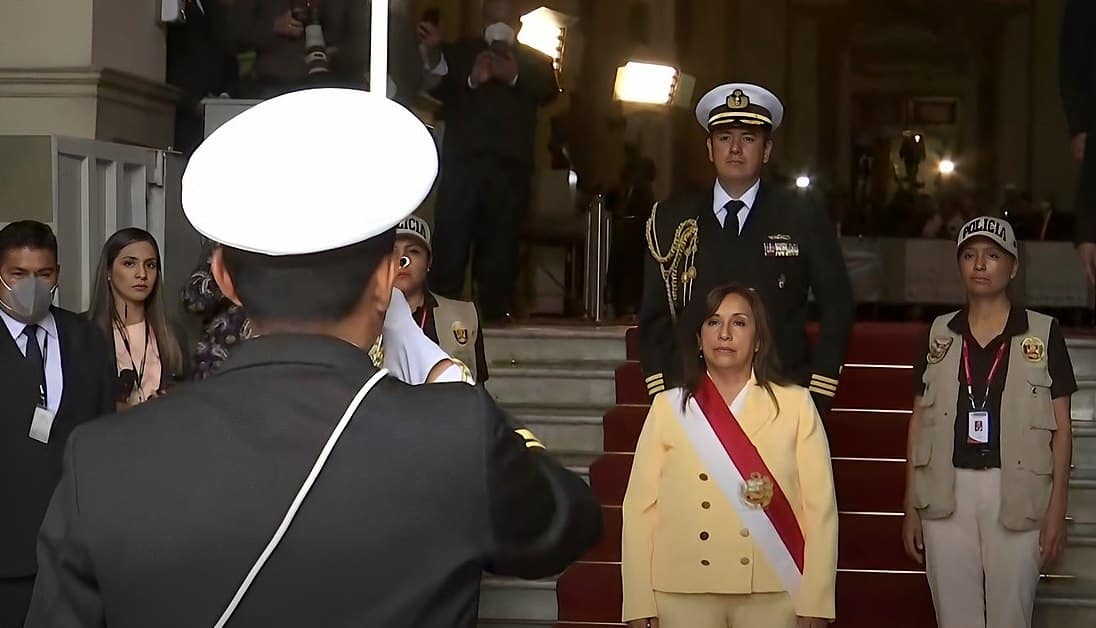Just before the start of the new year Peru inaugurated its first women president into office, Dina Boluarte. This comes after the impeachment, arrest and removal from office of former President Pedro Castillo. Protests erupted across Peru following Castillo’s attempts to dissolve the Peruvian Congress and cling to power. These protests have turned violent and deadly as security forces clashed with protesters.
President Boluarte’s first major challenge is uniting a country amid demonstrations, accusations of genocide and calls for her resignation.
In the brief overview below, Vital Voices Program Director of Global Network and Regional Engagement Nelson Castro explains more about the situation as it relates to his experience working on the Voices Against Violence: The Gender Based Violence Global Initiative in Latin America.
What is President’s Boluarte’s background?
President Boluarte, a lawyer by training, is an independent but ran with former President Castillo of the far-left Perú Libre party, which focuses on eliminating poverty through Marxist and Mariateguista ideologies. Boluarte was elected vice president following the 2021 elections and appointed Minister for Social Development and Inclusion. She stepped down from her ministerial position in November, retaining her vice president title before succeeding Castillo as president.
How have the recent protests impacted Boluarte’s ability to govern?
Following the impeachment and arrest of former President Castillo, protests have erupted in major cities calling Castillo’s arrest a plot by the political elite to take power.
Protestors also want Boluarte to resign and hold immediate elections. They demand reforms to Peru’s political structure, which they consider corrupt and elitist. Human rights activists accuse the police of using excessive force against protesters, and an investigation is underway to determine what role the new president and her cabinet members had in the police response, which has left several dead.
How does the inauguration of Peru’s first female president reflect the status of women in politics?
Women hold 36 percent of the seats in Peru’s Congress and one governorship. Women have been a growing force. The number of Peruvian women in Congress has increased in every election and they have been gaining ground in local elections thanks to a gender parity law.
What are some of the challenges faced by women leaders in Peru?
The campaign ticket Boluarte ran on has often been accused of misogyny and homophobia. Harassment and violence against women in politics remains a huge issue in Peru. During the last presidential election, 47 percent of women running reported political harassment, and that number is even larger for municipal elections, at 69 percent.
Even though Peru is now led by a woman, there is a lot of work to do as it relates to implementing and enforcing policies that support women across Peru.
More reading:
